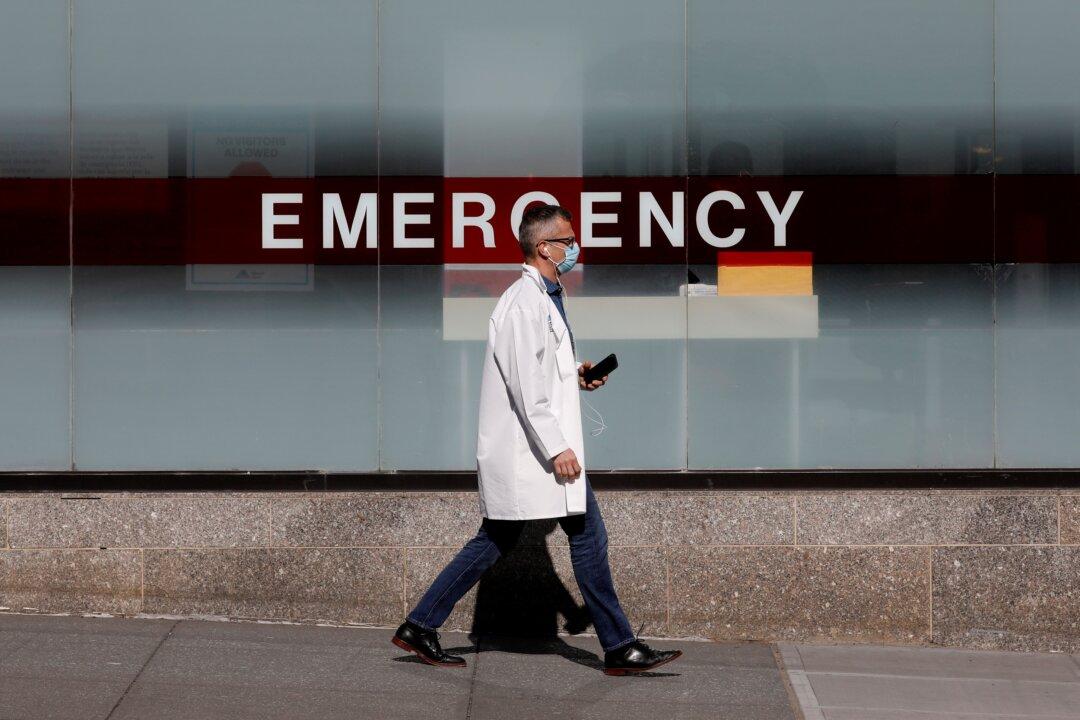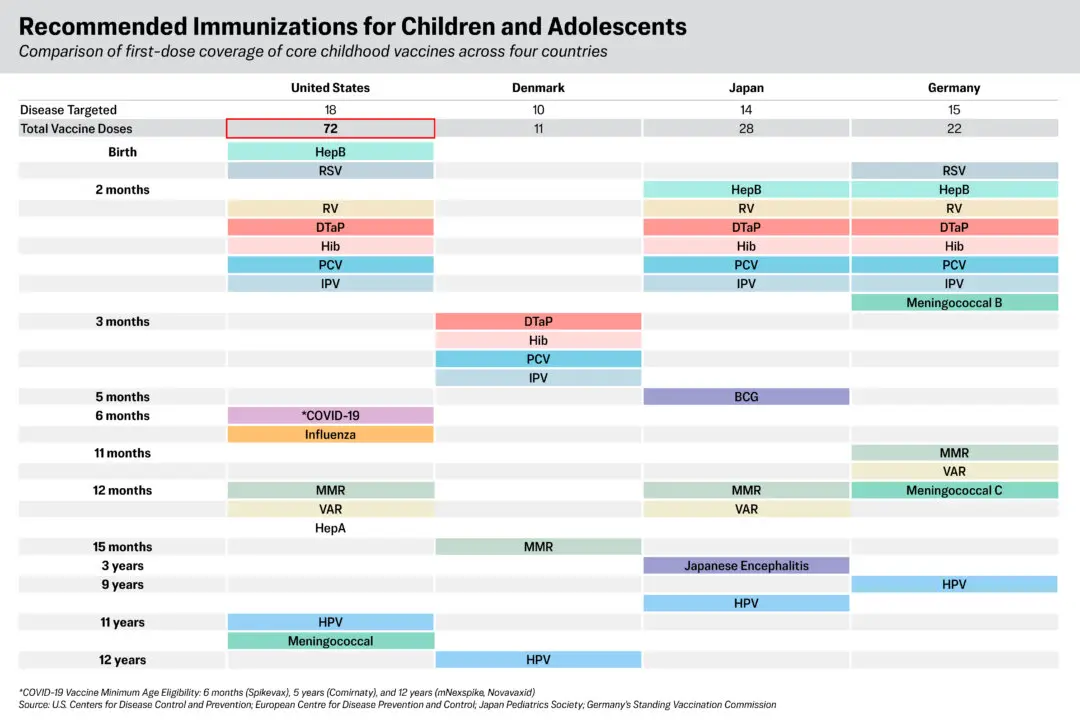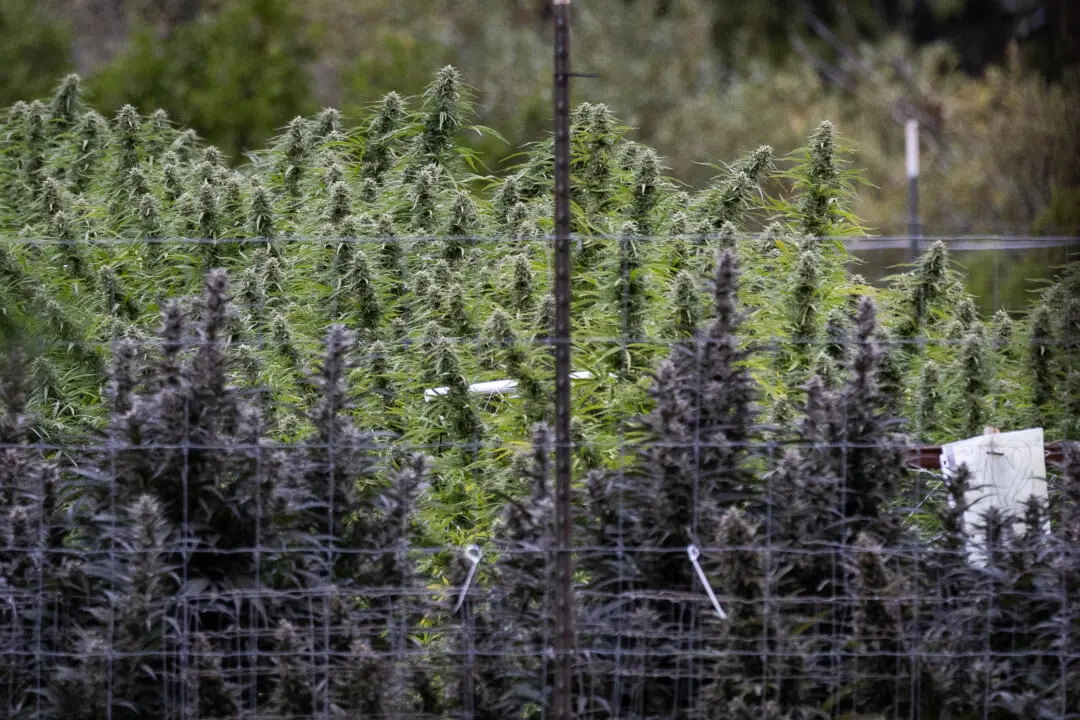New York is slated to run out of ventilators in less than a week, Gov. Andrew Cuomo said at a press conference on Thursday.
Fears of ventilator shortages have prompted officials to order hospitals to cancel all elective surgeries, recommend the use of anesthesia machines as ventilators, convert BiPAP machines into ventilators, and advise a “splitting“ method that features a single ventilator serving two patients.





